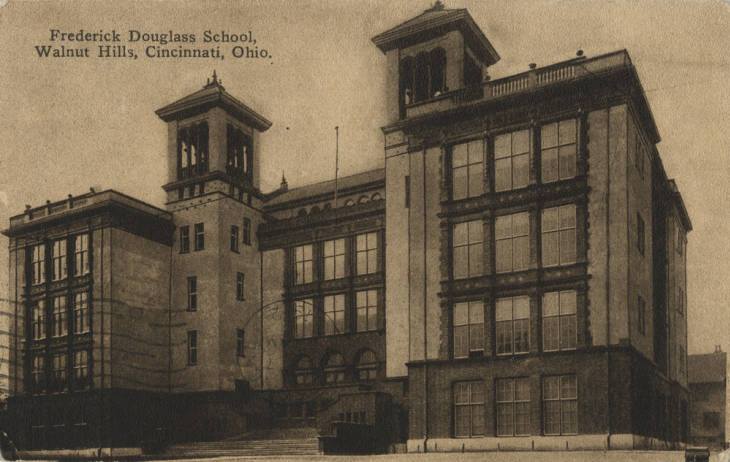Reconstructing the Destruction of Gaines High School
Cincinnati’s Colored Public School board, an institution established in the 1850s, created Gaines High School for our city’s Black students in 1866. Peter Clark, the Continue Reading
Walnut Hills Historical Society
stories and images from Walnut Hills, Cincinnati
Cincinnati’s Colored Public School board, an institution established in the 1850s, created Gaines High School for our city’s Black students in 1866. Peter Clark, the Continue Reading
Cincinnati’s Colored Public School board, an institution established in the 1850s, created Gaines High School for our city’s Black students in 1866. Peter Clark, the Continue Reading

The Elm Street School for Colored Children had been built in 1872, when Cincinnati annexed Walnut Hills north of McMillan Street. The Arnett law of Continue Reading